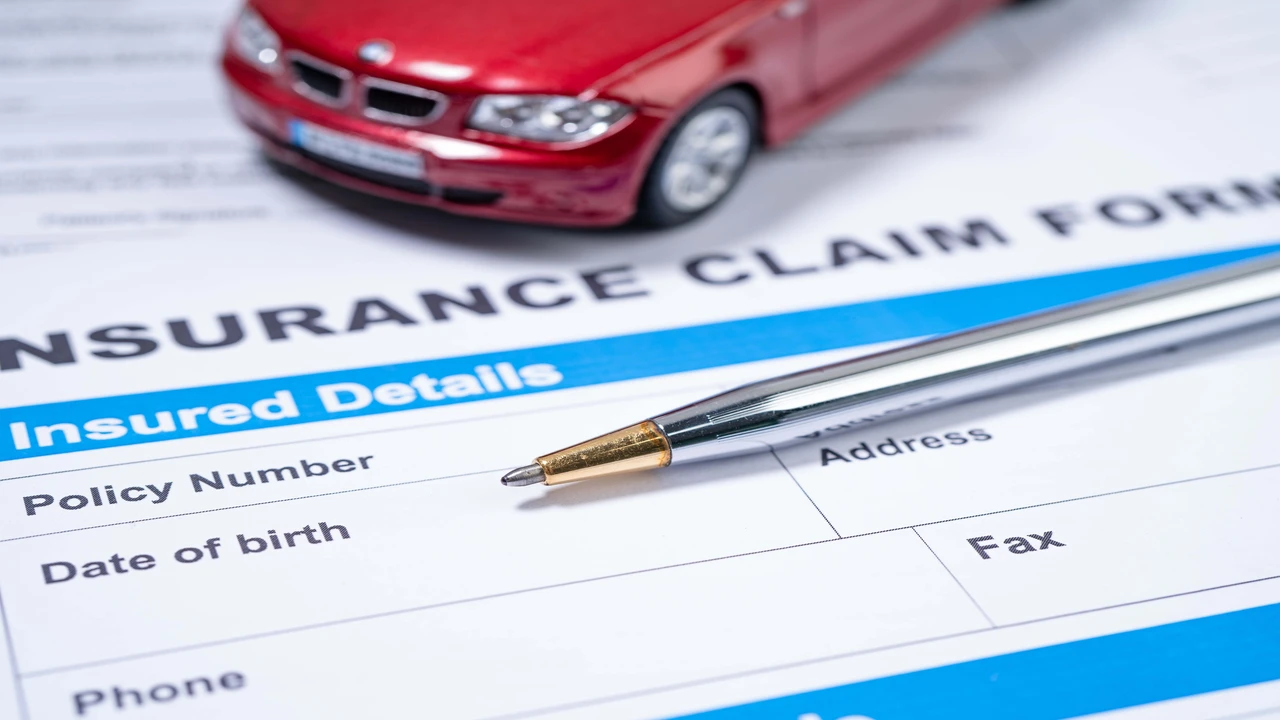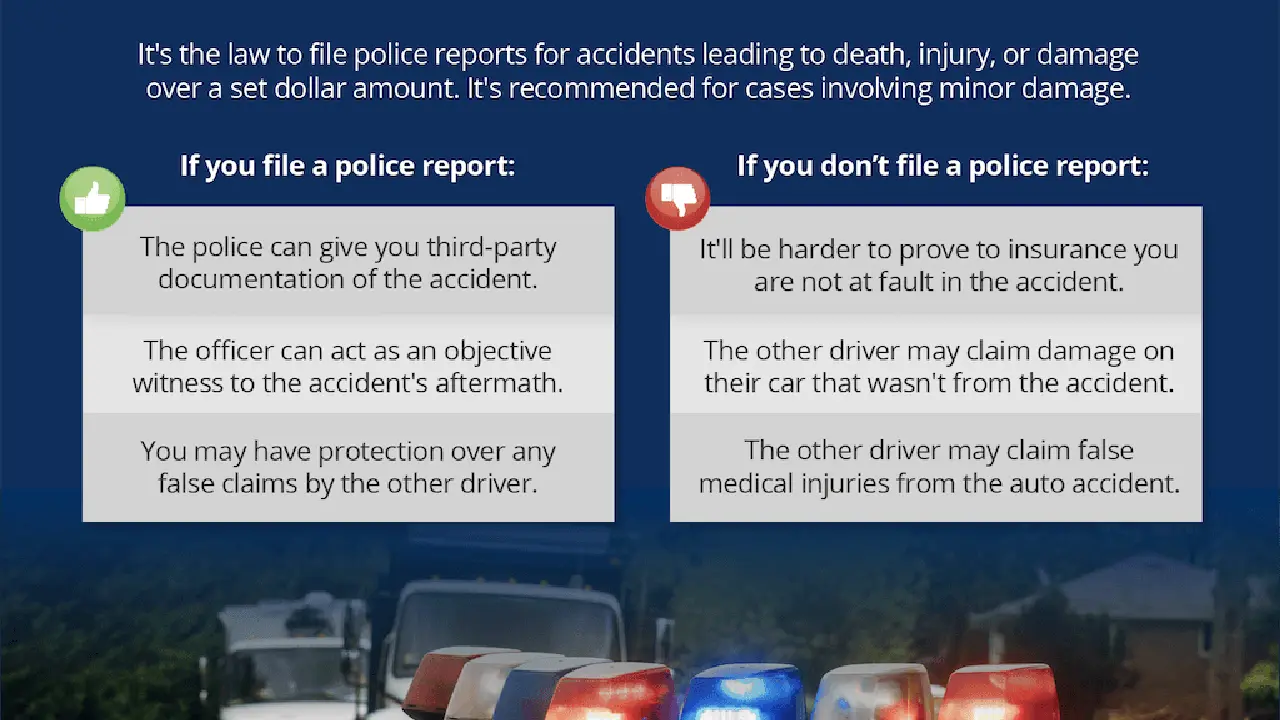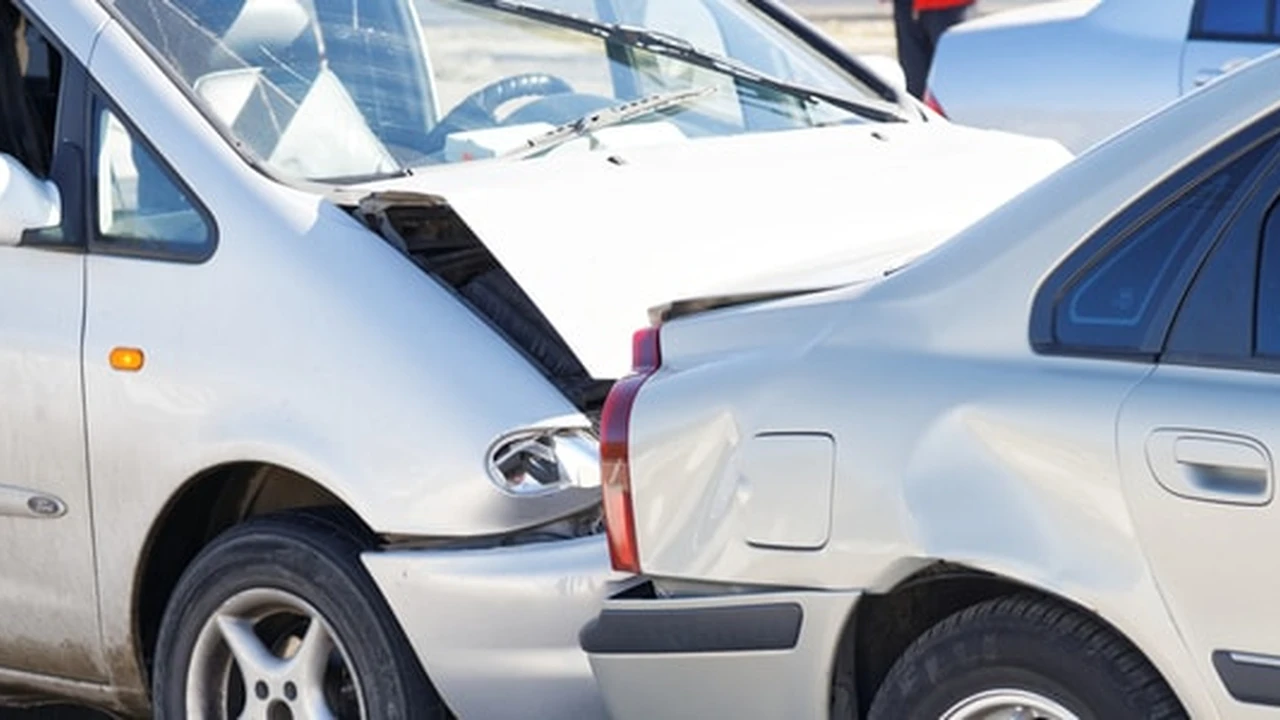Guide: Choosing the Right Car Insurance Coverage for Your Needs

Understanding Car Insurance Basics Car Insurance Coverage Options
Hey there! Figuring out car insurance can feel like navigating a maze, right? But it doesn't have to be! Let's break down the basics so you can choose the coverage that actually fits your life. Think of car insurance as a safety net – it's there to protect you financially if you're in an accident. Without it, you could be stuck paying hefty bills for vehicle repairs, medical expenses, and even legal fees. Not fun!
First things first, let's talk about the different types of coverage. You've probably heard terms like "liability," "collision," and "comprehensive" thrown around. Let's decode them:
- Liability Coverage: This is the most basic type of coverage and is often required by law. It protects you if you're at fault in an accident and cause damage to someone else's vehicle or injure them. It covers their expenses, not yours. There are two parts to liability:
- Bodily Injury Liability: Covers medical expenses, lost wages, and other costs related to injuries you cause to someone else.
- Property Damage Liability: Covers damage you cause to someone else's vehicle or property (like a fence).
- Collision Coverage: This covers damage to your vehicle if you collide with another vehicle or object, regardless of who's at fault. So, if you rear-end someone or hit a tree, collision coverage will help pay for the repairs to your car, minus your deductible.
- Comprehensive Coverage: This covers damage to your vehicle from things other than collisions, such as theft, vandalism, fire, hail, flood, or hitting an animal. Basically, anything that isn't a crash. Like collision, it has a deductible.
- Uninsured/Underinsured Motorist Coverage: This protects you if you're hit by someone who doesn't have insurance or doesn't have enough insurance to cover your expenses. It can cover your medical bills, lost wages, and pain and suffering. This is a really important coverage to have, especially if you live in a state with a high percentage of uninsured drivers.
- Personal Injury Protection (PIP): This covers your medical expenses and lost wages, regardless of who's at fault in the accident. It's available in some states and is often referred to as "no-fault" insurance.
Assessing Your Car Insurance Needs Identifying Coverage Gaps
Okay, now that we've covered the basics, how do you figure out what coverage you actually need? It's all about assessing your individual circumstances and risk tolerance. Here are some things to consider:
- Your Budget: How much can you afford to spend on car insurance each month? Remember that higher coverage limits and lower deductibles will generally result in higher premiums.
- Your Vehicle: What kind of car do you drive? A brand-new, expensive car will likely require more coverage than an older, less valuable car. Also, consider if you have a loan on the car. Your lender will likely require collision and comprehensive coverage.
- Your Driving Habits: How often do you drive? Do you commute long distances? Do you drive in high-traffic areas? The more you drive, the higher your risk of being in an accident.
- Your Location: Where do you live? Some areas have higher rates of theft or vandalism, which could make comprehensive coverage more important. Also, some states have higher minimum liability requirements than others.
- Your Assets: How much money do you have in the bank? Do you own a home? If you have significant assets, you'll want higher liability coverage limits to protect yourself from lawsuits.
Once you've considered these factors, you can start to identify any potential coverage gaps. For example, if you only have the minimum liability coverage required by your state, you might be underinsured if you cause a serious accident. Or, if you don't have collision or comprehensive coverage, you'll be responsible for paying for any damage to your vehicle if you're in an accident or if your car is stolen or damaged by something other than a collision.
Comparing Car Insurance Quotes Finding the Best Rates
Alright, you know what coverage you need, now it's time to shop around and compare quotes! Don't just settle for the first quote you get. Get quotes from multiple insurance companies to see who offers the best rates for the coverage you need. Here are some tips for comparing car insurance quotes:
- Get Quotes Online: Many insurance companies offer online quote tools that allow you to get a quick estimate of your premiums. This is a great way to get a general idea of what you can expect to pay.
- Work with an Independent Insurance Agent: An independent agent can get quotes from multiple insurance companies on your behalf, saving you time and effort. They can also help you understand the different coverage options and make sure you're getting the right coverage for your needs.
- Compare Apples to Apples: Make sure you're comparing quotes for the same coverage limits and deductibles. Otherwise, you won't be able to accurately compare the rates.
- Ask About Discounts: Many insurance companies offer discounts for things like being a good student, having a clean driving record, bundling your car and home insurance, or having anti-theft devices in your car. Be sure to ask about any discounts you might be eligible for.
- Read the Fine Print: Before you commit to a policy, be sure to read the fine print and understand the terms and conditions. Pay attention to things like the deductible, the coverage limits, and any exclusions.
Recommended Car Insurance Products and Scenarios Product Comparisons and Pricing
Okay, let's get down to some specific product recommendations! Keep in mind that these are just examples, and the best choice for you will depend on your individual circumstances. I'll use some hypothetical companies to illustrate:
- "SafeDrive Insurance" - The Budget-Friendly Option:
- Product: SafeDrive Basic.
- Coverage: State minimum liability limits, collision and comprehensive with a $1000 deductible.
- Scenario: Ideal for drivers on a tight budget who need basic coverage to comply with state law and protect their vehicle from major damage.
- Comparison: Compared to "PremierProtect" (below), SafeDrive Basic offers lower premiums but also less coverage and a higher deductible.
- Pricing: Approximately $80/month.
- "PremierProtect Insurance" - The Comprehensive Coverage:
- Product: PremierProtect Platinum.
- Coverage: High liability limits ($500,000/$1,000,000), collision and comprehensive with a $500 deductible, uninsured/underinsured motorist coverage, and rental car reimbursement.
- Scenario: Best for drivers who want maximum protection and peace of mind, especially those with significant assets to protect.
- Comparison: Compared to "SafeDrive Insurance", PremierProtect Platinum offers significantly higher coverage limits and a lower deductible, but comes at a higher premium.
- Pricing: Approximately $180/month.
- "TechSure Insurance" - The Usage-Based Option:
- Product: TechSure DriveSmart.
- Coverage: Standard liability, collision, and comprehensive coverage, but premiums are based on your driving habits. Uses a mobile app to track your driving and rewards safe driving with lower rates.
- Scenario: Perfect for safe drivers who want to save money on their car insurance.
- Comparison: The premium fluctuates based on driving habits. Could be cheaper than both other options for safe drivers, but more expensive for risky drivers.
- Pricing: Base rate of $120/month, with potential discounts of up to 30% based on driving performance.
Example Scenarios:
- Scenario 1: You're a young driver with a new car and a limited budget. SafeDrive Basic might be a good starting point to get the minimum coverage you need.
- Scenario 2: You're a homeowner with a family and significant assets. PremierProtect Platinum would provide the most comprehensive protection in case you're at fault in a serious accident.
- Scenario 3: You're a careful driver who wants to save money on car insurance. TechSure DriveSmart could be a great option to reward your safe driving habits.
Understanding Deductibles Policy Limits and Car Insurance Costs
Let's dive deeper into the financial aspects. Deductibles and policy limits are key factors that influence your car insurance costs. The deductible is the amount you pay out-of-pocket before your insurance coverage kicks in. A higher deductible typically means a lower premium, but it also means you'll have to pay more if you file a claim. Conversely, a lower deductible means a higher premium, but you'll pay less out-of-pocket in the event of a claim.
Policy limits are the maximum amount your insurance company will pay for a covered loss. It's crucial to choose policy limits that adequately protect your assets. For example, if you have a low liability limit and cause a serious accident, you could be personally responsible for paying the remaining costs if the damages exceed your policy limit.
Several factors influence car insurance costs. Here are some key considerations:
- Driving Record: A clean driving record with no accidents or traffic violations will typically result in lower premiums.
- Age and Gender: Younger drivers and male drivers statistically have a higher risk of accidents, which can lead to higher insurance costs.
- Credit Score: In many states, insurance companies use credit scores to assess risk. A good credit score can help you secure lower insurance rates.
- Vehicle Type: The make and model of your vehicle can impact insurance costs. Expensive or high-performance vehicles tend to have higher premiums.
- Location: Insurance rates can vary by location due to factors like traffic density, accident rates, and theft statistics.
Factors Affecting Your Car Insurance Premium Car Insurance Rate Fluctuations
Car insurance premiums aren't set in stone. Several factors can cause your rates to fluctuate over time. Let's explore some common reasons for car insurance rate changes:
- Accidents and Traffic Violations: If you're involved in an accident or receive a traffic ticket, your insurance rates are likely to increase.
- Changes in Driving Habits: If you start commuting longer distances or driving more frequently, your insurance company may adjust your rates accordingly.
- Policy Renewal: Your insurance rates can change upon policy renewal due to factors like inflation, changes in the insurance company's risk assessment, or updates to your driving record.
- Credit Score Changes: If your credit score improves or declines, it can impact your insurance rates in states where credit scores are used for insurance pricing.
- Changes in Vehicle: If you purchase a new vehicle or make modifications to your existing car, your insurance rates may change.
- Moving to a New Location: Moving to a different city or state can affect your insurance rates due to variations in traffic patterns, accident rates, and insurance regulations.
Car Insurance Discounts Saving Money On Coverage
Everyone loves to save money, and car insurance is no exception. Many insurance companies offer discounts that can help you lower your premiums. Here are some common car insurance discounts to consider:
- Safe Driver Discount: Maintaining a clean driving record with no accidents or traffic violations can qualify you for a safe driver discount.
- Good Student Discount: Students with good grades may be eligible for a good student discount.
- Multi-Policy Discount: Bundling your car insurance with other insurance policies, such as home or renters insurance, can often result in a discount.
- Vehicle Safety Features Discount: Having safety features like anti-lock brakes, airbags, and anti-theft systems in your vehicle can qualify you for a discount.
- Low Mileage Discount: If you drive fewer miles per year than average, you may be eligible for a low mileage discount.
- Payment Options Discount: Paying your insurance premium in full or setting up automatic payments can sometimes earn you a discount.
- Affiliation Discount: Some insurance companies offer discounts to members of certain organizations, such as alumni associations or professional groups.
To maximize your savings, be sure to ask your insurance agent about all available discounts and eligibility requirements.
Understanding Car Insurance Claims Car Insurance Claim Process
Filing a car insurance claim can be a stressful experience, but understanding the process can help you navigate it more smoothly. Here's an overview of the car insurance claim process:
- Report the Accident: Immediately report the accident to your insurance company, providing all relevant details, including the date, time, location, and description of the incident.
- Gather Information: Collect information from the other driver, including their name, contact information, insurance details, and vehicle information. If there are witnesses, obtain their contact information as well.
- Document the Scene: Take photos or videos of the accident scene, including vehicle damage, injuries, and any relevant surroundings.
- File a Police Report: Depending on the severity of the accident, you may need to file a police report. This can be helpful for insurance purposes and legal proceedings.
- Contact Your Insurance Company: Notify your insurance company of the accident and provide them with all the information you've gathered.
- Cooperate with the Insurance Adjuster: An insurance adjuster will investigate the accident and assess the damages. Cooperate fully with the adjuster and provide any requested documentation or information.
- Get Vehicle Repairs: If your vehicle requires repairs, obtain estimates from multiple repair shops and provide them to the insurance adjuster.
- Negotiate a Settlement: Once the investigation is complete, the insurance company will offer a settlement. Review the offer carefully and negotiate if you believe it's insufficient to cover your damages.
- Receive Payment: If you accept the settlement offer, the insurance company will issue a payment to cover the damages.
Navigating Car Insurance After an Accident Car Insurance Premium Increase
Being involved in a car accident can have significant implications for your car insurance rates. Here's what you need to know about navigating car insurance after an accident:
- Potential Premium Increase: If you're at fault in an accident, your insurance rates are likely to increase upon renewal. The severity of the accident and the extent of damages will influence the size of the premium increase.
- Impact on Safe Driver Discount: If you previously qualified for a safe driver discount, being involved in an accident may cause you to lose this discount.
- Consider Shopping Around: After an accident, it's a good idea to shop around and compare car insurance quotes from multiple companies. Some insurers may be more lenient than others when assessing your risk profile.
- Review Your Policy: Take the time to review your car insurance policy to understand your coverage limits, deductibles, and any exclusions.
- Improve Driving Habits: Focus on improving your driving habits to reduce the risk of future accidents. This could involve taking a defensive driving course or avoiding distractions while driving.
:max_bytes(150000):strip_icc()/277019-baked-pork-chops-with-cream-of-mushroom-soup-DDMFS-beauty-4x3-BG-7505-5762b731cf30447d9cbbbbbf387beafa.jpg)




.webp)

